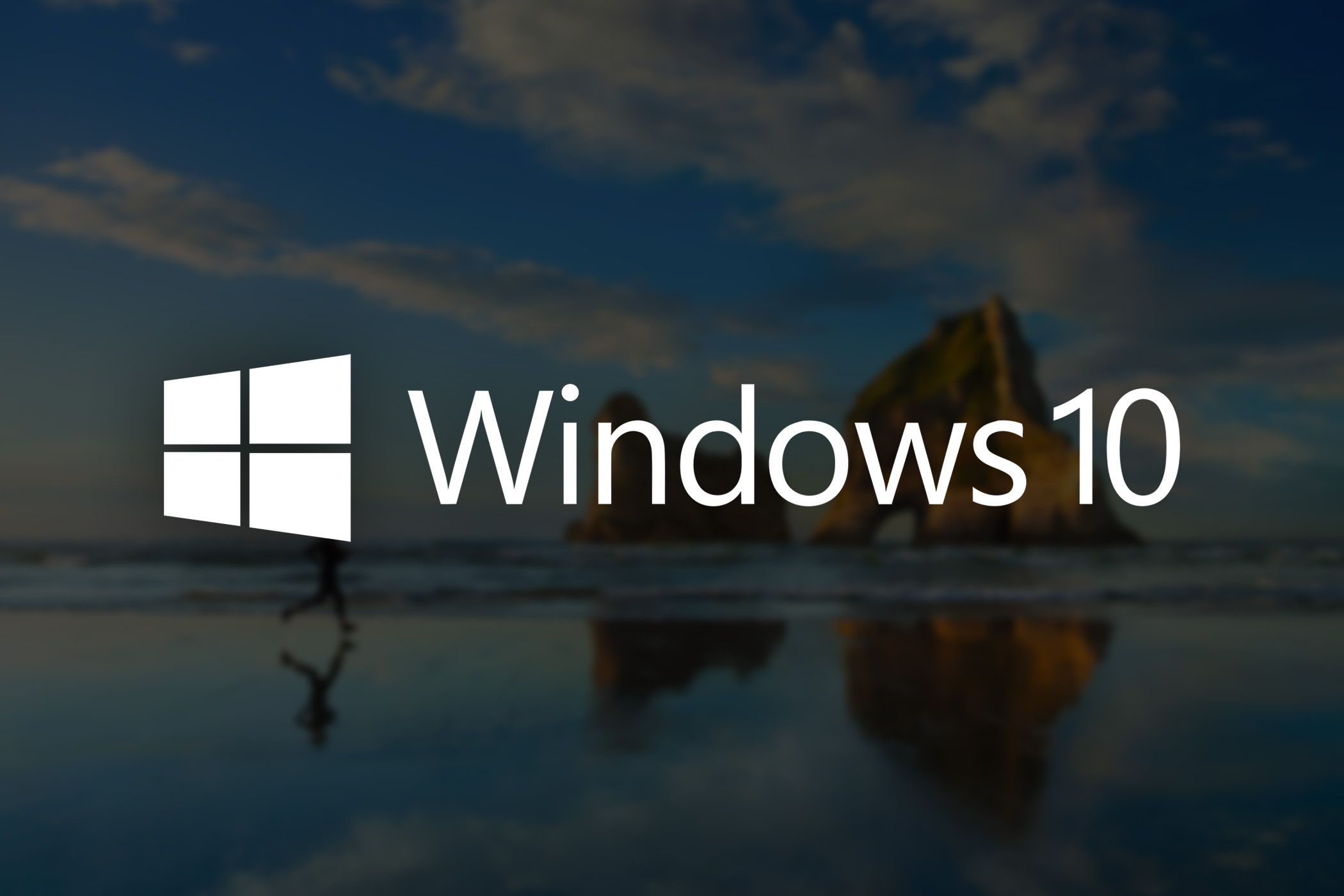
Microsoft is ending uphold for Windows 10 in October 2025, which is a problem for the millions of computers who can’t update because of the higher hardware requirements. There’s now a solution to that situtation: you can pay to continue recieiving security updates.
Microsoft announced in a blog post that it will offer an Extended Security Update program for Windows 10, providing monthly security updates to Windows 10 PCs after the October 2025 end-of-service date. The updates will not “ESUs do not include new features, customer-requested non-security updates, or design change requests. Technical uphold beyond the ESU itself is also not available.”
The Extended Security Update plans aren’t new, as there has been some version of them for every recent major Windows release. For example, Windows 7 reached end-of-life in January 2020, and those extendedupdates ended in January 2023, alongside all uphold for Windows 8.1. The new part is that Microsoft will allow regular people to access the Extended Security Update plans, instead of only offering them to businsess and organizations.
Microsoft said in an FAQ article, “If you are an individual consumer or an organization who elects to continue using Windows 10 after uphold ends on October 14, 2025, you will have the option of enrolling your PC in the paid Extended Security Updates (ESU) program. The ESU program enables PCs to continue to acquire Critical and Important security updates (as defined by the Microsoft Security Response Center) through an annual subscription service after uphold ends. More details including pricing will be provided at a later date.”
This is the first time Microsoft has offered Extended Security Updates to individuals, although there were hacks and workarounds to enable them on home computers running Windows 7. We don’t know the pricing for the subscription yet.
It’s great that Windows 10 PCs won’t be completely abandoned after 2025, but it’s fustrating that it will necessitate paying a subscription. If the choice is between possibly getting malware or hacked or paying for security updates, a lot of people will probably pick the latter option. If the monthly cost is only a few dollars, that might be reasonable, but a significant expense every month could eat into the budget for a replacement PC that can actually run Windows 11 (or Windows 12, if that’s ready by then).
Source: Windows IT Pro Blog, Microsoft Learn FAQ
Via: The Verge

